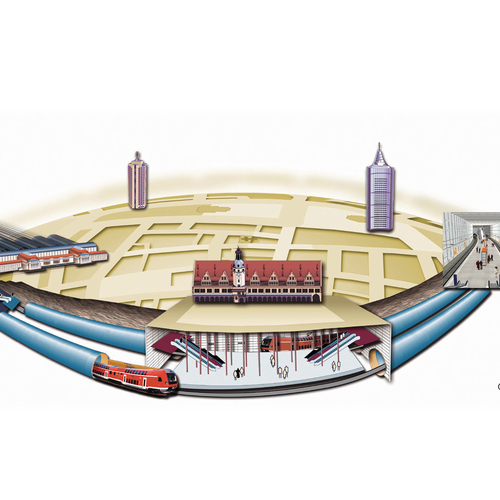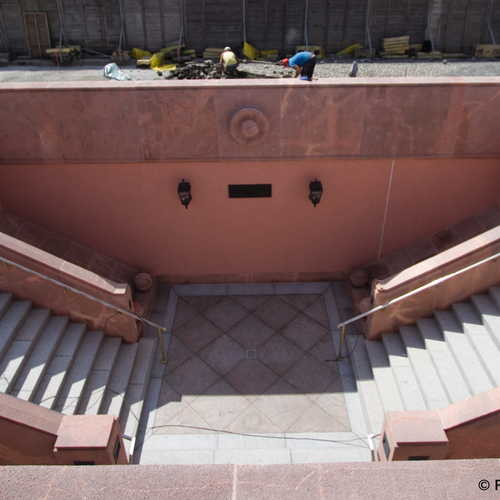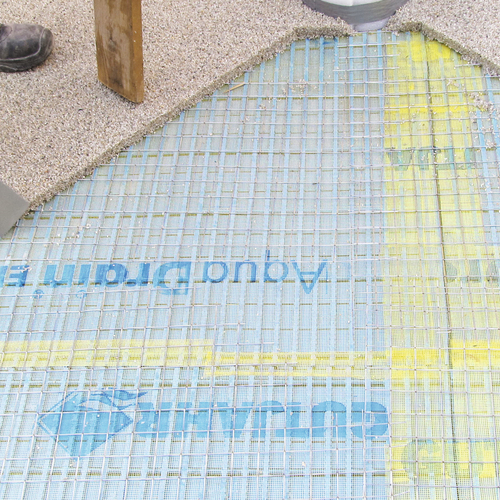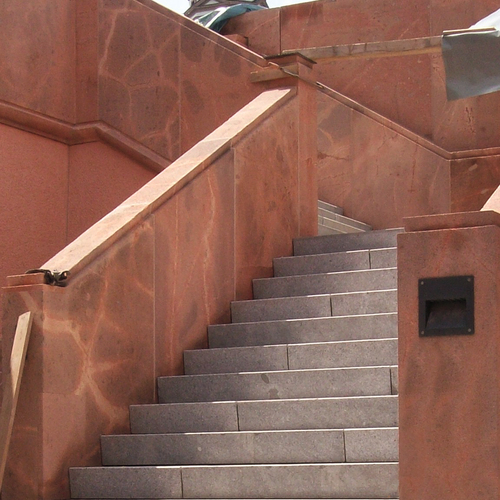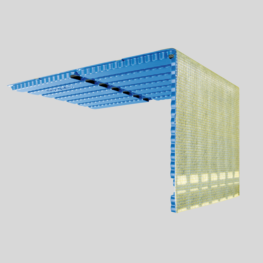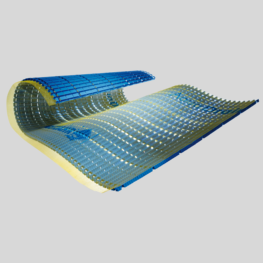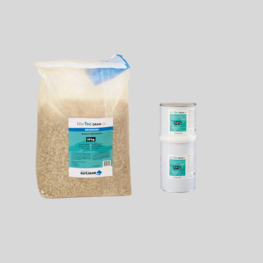Tunnel vision for Leipzig: Gutjahr drainage mats protect historical access to City Tunnel
State-of-the-art infrastructure and historical architecture are not mutually exclusive: the new Leipzig City Tunnel proves this. The “Wonder of the 21st Century” connects the south of the city with the north - and the styles of different epochs with state-of-the-art technology. This also applies to the historic staircase on Leipzig's market square. Since the complete renovation, its high-quality granite steps and platforms have been protected from moisture and damage with drainage systems and special drainage mortar from Gutjahr.
Better connection to the region, faster progress in Leipzig: The City Tunnel has created a direct rail link between the south of Leipzig and the main train station since December 2013. With the underground connection between the central train stations, local public transport is becoming increasingly attractive, because the fast north-south axis reduces the overall travel time on some routes by up to 40 minutes.
Combination of functionality and aesthetics
Four underground stations as well as the two stops at Leipzig Nord and Leipzig MDR lie along the tunnel. All of the stations were designed by well-known architects in accordance with functional and aesthetic aspects. Fast accessibility, brightness and transparency were important here - and each station was given a completely individual look in accordance with its location and function.
This can also be seen at the entrance to the historic market. While two trams stop 22 metres directly below the market square, the entrance to the modern station hall is flanked by an Art Déco portal: the original of the former underground exhibition centre from 1925, the world's first underground exhibition hall. At the start of construction, the solid natural stone blocks were completely dismantled and then restored in accordance with the heritage requirements. The façade of the longitudinal walls consists of solid terracotta panels, and the stairs and platforms are adorned with a matching granite covering.
Faster drainage
The water drainage capability has been improved by up to 150 times with a capillary passive drainage mat beneath the drainage mortar.
Historic stairway with modern protection
In order to protect the historical substance of the stairway from damage, clients Free State of Saxony and Deutsche Bahn AG decided on the following: The high-quality granite should be laid on drainage systems. Because like many other natural stones, granite is also sensitive to backwater, which is why the latest fact sheets and natural stone experts have been recommending laying natural stone on drainage or single-grainage mortar plus a capillary passive drainage mat for years. Drainage mortar alone cannot protect against damage.
The reason: Drainage mortar drains the water quickly from top to bottom. However, an investigation by the Materials Testing Institute in Darmstadt has shown that it is capillary-active on its own. This means that if seepage water accumulates on the waterproofing, for example at the overlaps of the membrane seals, the water migrates back to the surface through the drainage mortar. This can easily result in efflorescence, moisture stains or limescale plumes on stairs - the covering then requires renovation.
Double safety with surface and step drainage
Two systems from Gutjahr were used in the Leipzig City Tunnel: the AquaDrain SD step drainage system on the steps, and the AquaDrain EK surface drainage system on the stair heads. Both systems support the entire covering. Because of this, the drainage channels form a defined cavity, and water can run away more quickly and effectively. At the same time, backwater on the waterproofing no longer runs run back into the covering structure, where it could cause damage. The covering also dries faster because of the back ventilation. A special mesh or special fleece acts as the covering, and remains permanently water-permeable – a major difference from other systems. The special thing about Gutjahr step drainage systems is the composition: The pre-formed angled elements can be processed directly on the steps and do not have to be cut to size, which saves time and avoids laying errors.
The challenge of the construction height
Another challenge during the building project was the low construction height. A cement-based drainage mortar which required a layer thickness of at least 50 mm when laid on top of drainage was ruled out. This is why a solution from Gutjahr was used here: MorTecDrain, an epoxy resin-based drainage mortar which can be used from a layer thickness of 25 mm - i.e. half of the cementitious single-grain mortar. In this way, a low but safe construction could be realized at the staircase exit in conjunction with the drainage systems.
The well thought-out concept of the work at the historic market has paid off: The south entrance to the city tunnel is one of the most beautiful - not least because of the combination of a historical backdrop and modern technology.
About the City Tunnel Leipzig
The City Tunnel Leipzig is the heart of the Central German tram network: It provides a direct connection between the southern area of the city and the main train station in the northern city centre. In this way, the City Tunnel Leipzig makes the entire regional train traffic faster, more efficient and more comfortable. The City Tunnel Leipzig consists of two tunnel tubes with a length of 4.010 kilometres (including ramps) and four underground stations. The construction time was 10 years. The client is the Free State of Saxony and Deutsche Bahn AG.
Products used
Similar project reports
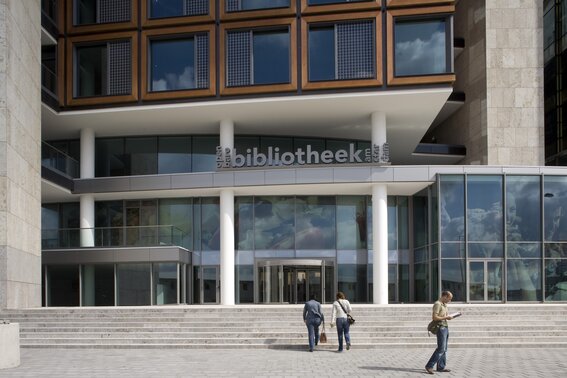
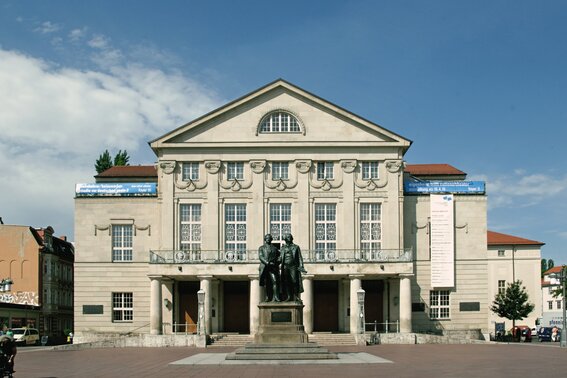
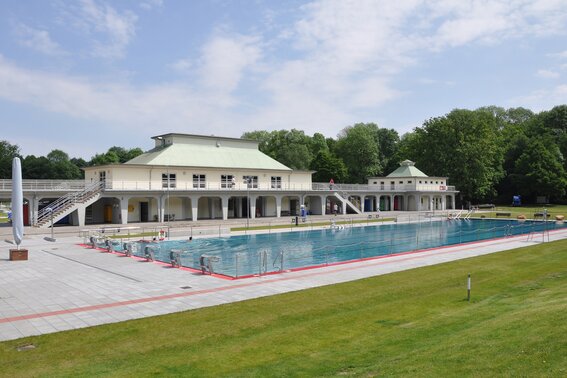
![[TRL] Gutjahr Systemtechnik GmbH - Komplettsysteme für den Außen- und Innenbereich](/build/images/gutjahr-logo.d62773db.svg)

